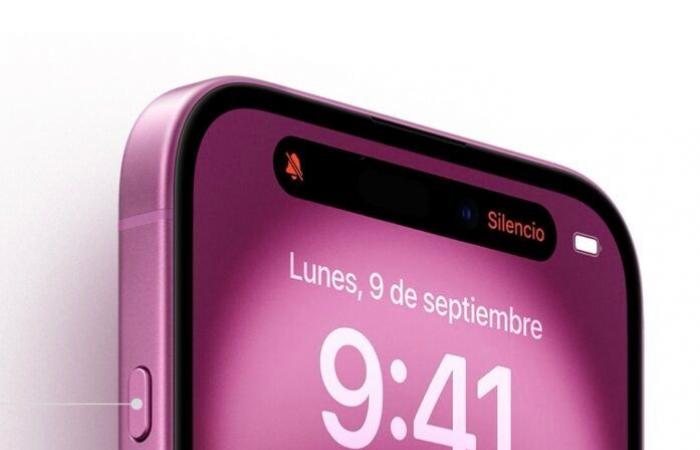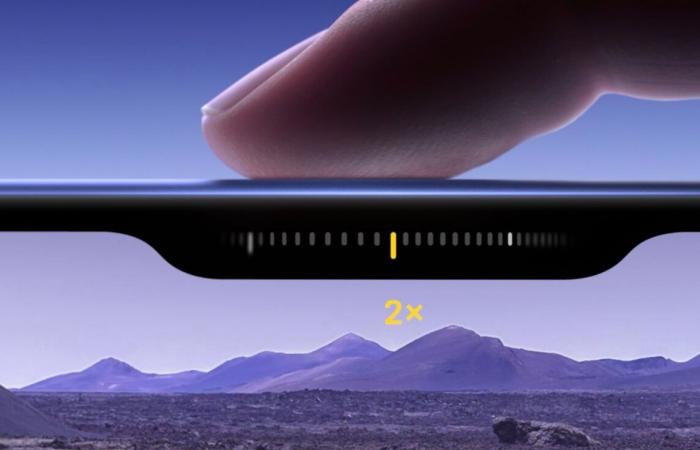The arrival of the iPhone 16, just a week ago, brought important new features to Apple’s phones. The Camera Control, screen redesign, and other internal changes significantly improve the experience, and by no means the iPhone 16 would have been quite different, as several changes for the iPhone 16 never came to fruition. During the development process, Apple has decided to remove some key design elements. Let’s see which ones.
The capacitive action button: Project Atlas
One of the biggest planned changes that never made it to the final iPhone 16 was the capacitive action button, which Apple had developed under the codename Atlas Project. This button was supposed to be an evolution of the mechanical action buttonpresented for the first time with the iPhone 15 Pro, which allows us to assign different functions according to our needs, such as opening the camera or activating the flashlight.
Apple’s goal with Atlas Project was to add additional functionality to this button, making it similar to the new Camera Control, known as Project Nova. The capacitive button would have made it possible to detect different pressure levels, which would have expanded the possibilities of interacting with the device, allowing gestures like light presses or swipes. Something, it must be said, which would have reduced the simplicity of a button designed to allow us quick action. Perhaps this is why it has disappeared, at least for now, from Apple’s plans.
The Bongo project: unified haptic buttons
Another project that Apple considered for the iPhone 16 was the Bongo Projectwhich, as AppleInsider reports, sought to transform the volume and power buttons using haptic technology. Instead of traditional mechanical buttons, the iPhone 16 could have featured a single volume button with a split design to differentiate between volume up and down. These buttons would use haptic motors to simulate the sensation of clicking when pressed.

This design was originally planned for the iPhone 15 Pro, but it was scrapped at the final stage of development. Apple also decided to abandon this concept for the iPhone 16 because it did not meet its quality standards in terms of performance and durability. Although the idea of a unified design is appealing, Apple chose to keep the traditional buttons for ensuring a more reliable experience in something as simple yet relevant as volume adjustment of our iPhone.
Changes in camera design
Another aspect that Apple has experimented with is the rear camera design of the iPhone 16. Since the first prototypes of the device, the camera followed a vertical layout, similar to that of the iPhone 12.

During development, two designs were considered. One of them recalled the iPhone X camera designwith a horizontal layout and a pill-shaped case. The other retained the style of the iPhone 12, but with a slight change in the size of the camera module. Ultimately, Apple opted for a third design that combines elements of both styles, with a modern but familiar look to the iPhone 16 camera module.

Although many of these projects have remained on hold, that does not necessarily mean they are forgotten. Apple is expected to start working on the design of the new iPhone 17s around the start of the year, so we’ll soon hear rumors about what’s to come. Rumors which, as always, will include designs and ideas that may have been left out for one reason or another. What is clear is that, year after year, there are a thousand no’s for every yes.









